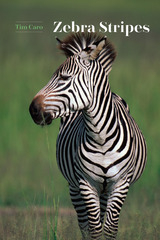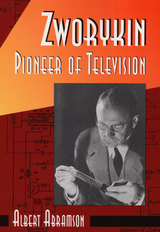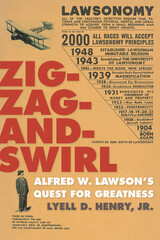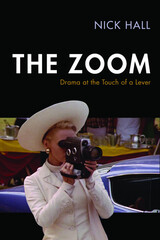
Researchers, instructors, and students will appreciate this compilation of detailed information on the crustacean zooplankton of the Great Lakes. The authors have gathered data from more than three hundred sources and organized into a useful laboratory manual. The taxonomic keys are easy to use, suitable for both classroom and laboratory identifications. Detailed line drawings are provided to help confirm the identification of the major species. Zoologists, limnologists, hydrobiologists, fish ecologists, and those who study or monitor water quality will welcome this dependable new identification tool.
A concise summary of pertinent information on the ecology of these zooplankton is provided in the main body of the text. A check-list of all species reported from each of the Great Lakes and notes on the distribution and abundance of more than a hundred species were compiled from an extensive search of existing literature. In addition, the authors collected samples from several locations on Lake Superior, in order to provide information on the abundance and life histories of the major crustacean species.

Popular explanations for stripes range from camouflage to confusion of predators, social facilitation, and even temperature regulation. It is a serious challenge to test these proposals on large animals living in the wild, but using a combination of careful observations, simple field experiments, comparative information, and logic, Caro is able to weigh up the pros and cons of each idea. Eventually—driven by experiments showing that biting flies avoid landing on striped surfaces, observations that striping is most intense where biting flies are abundant, and knowledge of zebras’ susceptibility to biting flies and vulnerability to the diseases that flies carry—Caro concludes that black-and-white stripes are an adaptation to thwart biting fly attack. Not just a tale of one scientist’s quest to solve a classic mystery of biology, Zebra Stripes is also a testament to the tremendous value of longitudinal research in behavioral ecology, demonstrating how observation, experiment, and comparative research can together reshape our understanding of the natural world.

"His achievements rank him with Thomas Edison and Alexander Graham Bell," states Albert Abramson in this discerning, often dramatic biography of Vladimir Kosma Zworykin, the Russian-born scientist who "did more to create our present system of cathode-ray television than any other person."

Alfred W. Lawson (1869–1954) was a professional baseball player, inventor of the airliner, leader of a movement in the 1930s calling for the abolition of banks and interest, and founder of a utopian community, the so-called Des Moines University of Lawsonomy. This unusual institution, constantly embroiled in controversy in the 1940s and early 1950s, was dedicated not only to teaching Lawson’s novel religious and scientific ideas but also to initiating a reform of human nature.
Throughout this multifaceted and colorful biography Henry gives special attention to Lawson’s development as a utopian thinker and reformer, providing a thorough treatment of the poignant saga of the controversial and doomed community in Des Moines. Every phase of Lawson’s incredible career is linked to main currents of American life and culture, resulting in an entertaining and sympathetic account that reveals how the self-styled Magic Man of Baseball, Columbus of the Air, Wizard of Reason, and First Knowledgian, for all his claimed and actual uniqueness, was nonetheless a product clearly “Made in America.”

READERS
Browse our collection.
PUBLISHERS
See BiblioVault's publisher services.
STUDENT SERVICES
Files for college accessibility offices.
UChicago Accessibility Resources
home | accessibility | search | about | contact us
BiblioVault ® 2001 - 2024
The University of Chicago Press









